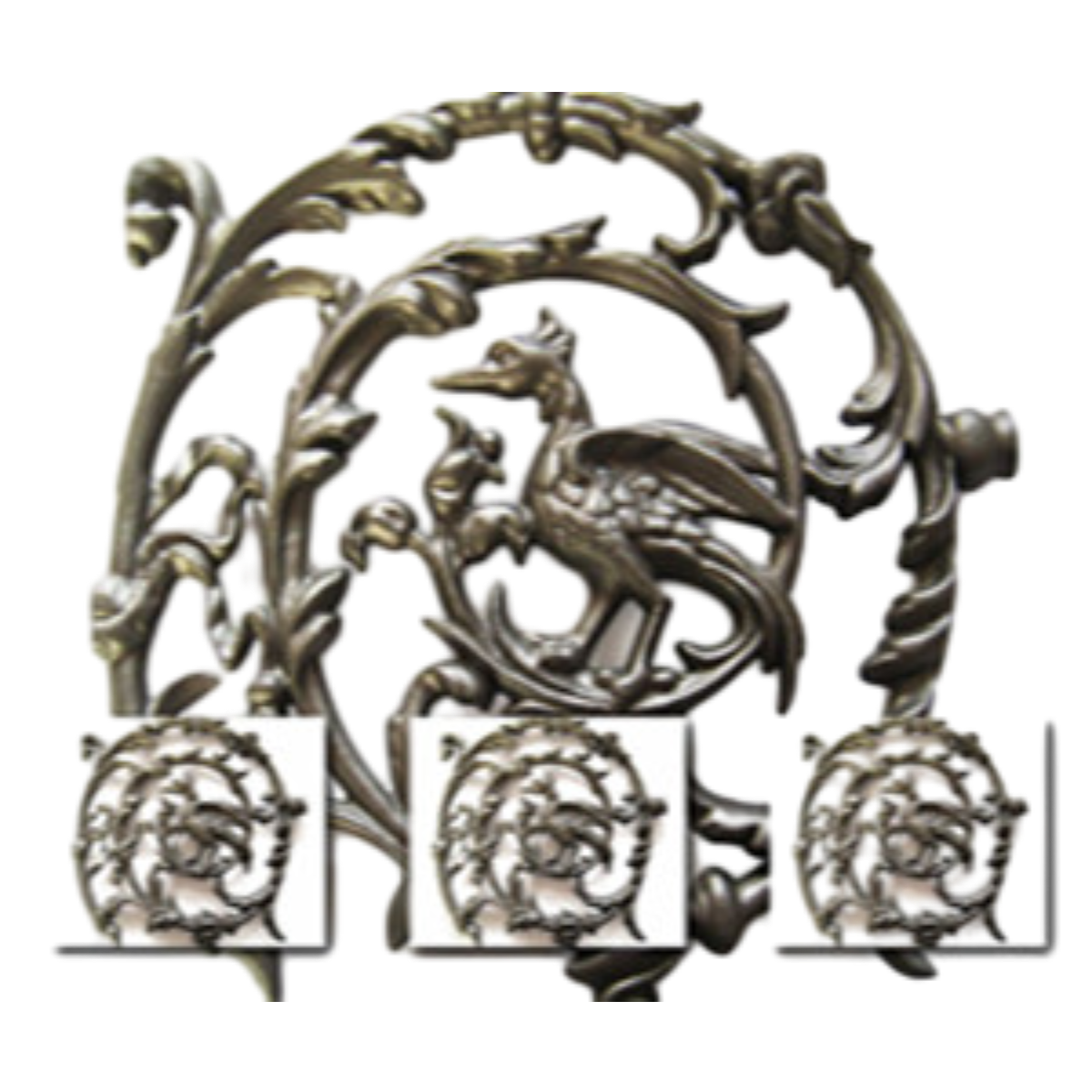cast iron ornamental castings
The Art and Craft of Cast Iron Ornamental Castings
Cast iron has long been revered in the realm of art and architecture, particularly for its versatility and durability. Among the most captivating applications of this material are ornamental castings, which have played a significant role in enhancing both the aesthetic and functional aspects of buildings, gardens, and public spaces. From intricate railings and gates to decorative sculptures and architectural facades, cast iron ornamental castings are a testament to the skill and creativity of artisans throughout history.
The History and Evolution of Cast Iron Ornamental Castings
The use of cast iron began in the ancient civilizations of China more than two thousand years ago, but it wasn’t until the 18th and 19th centuries in Europe and North America that it gained popularity for ornamental uses. The Industrial Revolution marked a turning point; with advancements in production techniques, it became easier and more economical to create detailed cast iron pieces. Foundries flourished, and artists collaborated with engineers to design increasingly elaborate patterns and forms that reflected the era’s architectural styles, such as Gothic Revival, Victorian, and Art Nouveau.
Ornamental castings of this period often featured motifs inspired by nature, including leaves, flowers, and animals, demonstrating the interplay between craftsmanship and artistic expression. The aesthetic appeal of cast iron made it a preferred choice for public monuments, park benches, lampposts, and balustrades. Cities adorned in cast iron were symbols of wealth and progress, showcasing the technological advancements of the time.
Techniques of Creating Ornamental Castings
The process of creating cast iron ornamental pieces is intricate and requires a deep understanding of metallurgy and artistic design. It begins with crafting a pattern, usually made from wood, metal, or plastic. This pattern serves as a prototype for the final piece and is prepared to withstand the casting process. Once the pattern is ready, it is placed in a sand mold, where molten iron will be poured.
The pouring itself is an art form. The molten iron, heated to over 1,200 degrees Celsius, is carefully poured into the mold, taking the shape of the pattern. After cooling, the mold is broken away to reveal the raw cast. The piece then undergoes a finishing process, which may include grinding, sanding, and painting to enhance its visual appeal and protect it from weathering.
cast iron ornamental castings

The Contemporary Relevance of Cast Iron Ornamental Castings
In contemporary design, cast iron ornamental castings continue to hold a significant place. Architects and designers often seek out cast iron for its timeless quality and the historical connotations it carries. In urban environments, cast iron is still used to create distinctive public artworks and functional elements that resonate with the heritage of the area while providing modern utility.
Moreover, sustainability has become a focus in recent years. Cast iron is a recyclable material, making ornamental castings not only a visually impactful choice but also an environmentally friendly one. The trend of incorporating recycled materials into new designs aligns with the growing awareness of sustainable practices in architecture and urban planning.
Preservation and Restoration of Historic Cast Iron Pieces
As cities and communities recognize the importance of preserving their historical heritage, the restoration of cast iron ornamental pieces has gained prominence. Many historic cast iron elements are showing signs of wear due to weather conditions and neglect. Specialists in conservation work diligently to restore these pieces, employing techniques that respect the original craftsmanship and materials. This restoration is essential not only for aesthetic reasons but also for the safety and longevity of the structures that house these decorative elements.
Conclusion
The world of cast iron ornamental castings is rich with history, artistry, and innovation. As we continue to explore the creative possibilities of this enduring material, we celebrate its contributions to our architectural heritage and its potential for future design. Whether through the restoration of beloved historical pieces or the crafting of new creations, cast iron remains a vital element in the aesthetic and functional fabric of our built environment. In a world increasingly focused on sustainability, the versatility and beauty of ornamental castings ensure that they will continue to capture the imagination for generations to come.
-
Wrought Iron Components: Timeless Elegance and Structural StrengthNewsJul.28,2025
-
Window Hardware Essentials: Rollers, Handles, and Locking SolutionsNewsJul.28,2025
-
Small Agricultural Processing Machines: Corn Threshers, Cassava Chippers, Grain Peelers & Chaff CuttersNewsJul.28,2025
-
Sliding Rollers: Smooth, Silent, and Built to LastNewsJul.28,2025
-
Cast Iron Stoves: Timeless Heating with Modern EfficiencyNewsJul.28,2025
-
Cast Iron Pipe and Fitting: Durable, Fire-Resistant Solutions for Plumbing and DrainageNewsJul.28,2025
-
 Wrought Iron Components: Timeless Elegance and Structural StrengthJul-28-2025Wrought Iron Components: Timeless Elegance and Structural Strength
Wrought Iron Components: Timeless Elegance and Structural StrengthJul-28-2025Wrought Iron Components: Timeless Elegance and Structural Strength -
 Window Hardware Essentials: Rollers, Handles, and Locking SolutionsJul-28-2025Window Hardware Essentials: Rollers, Handles, and Locking Solutions
Window Hardware Essentials: Rollers, Handles, and Locking SolutionsJul-28-2025Window Hardware Essentials: Rollers, Handles, and Locking Solutions -
 Small Agricultural Processing Machines: Corn Threshers, Cassava Chippers, Grain Peelers & Chaff CuttersJul-28-2025Small Agricultural Processing Machines: Corn Threshers, Cassava Chippers, Grain Peelers & Chaff Cutters
Small Agricultural Processing Machines: Corn Threshers, Cassava Chippers, Grain Peelers & Chaff CuttersJul-28-2025Small Agricultural Processing Machines: Corn Threshers, Cassava Chippers, Grain Peelers & Chaff Cutters












